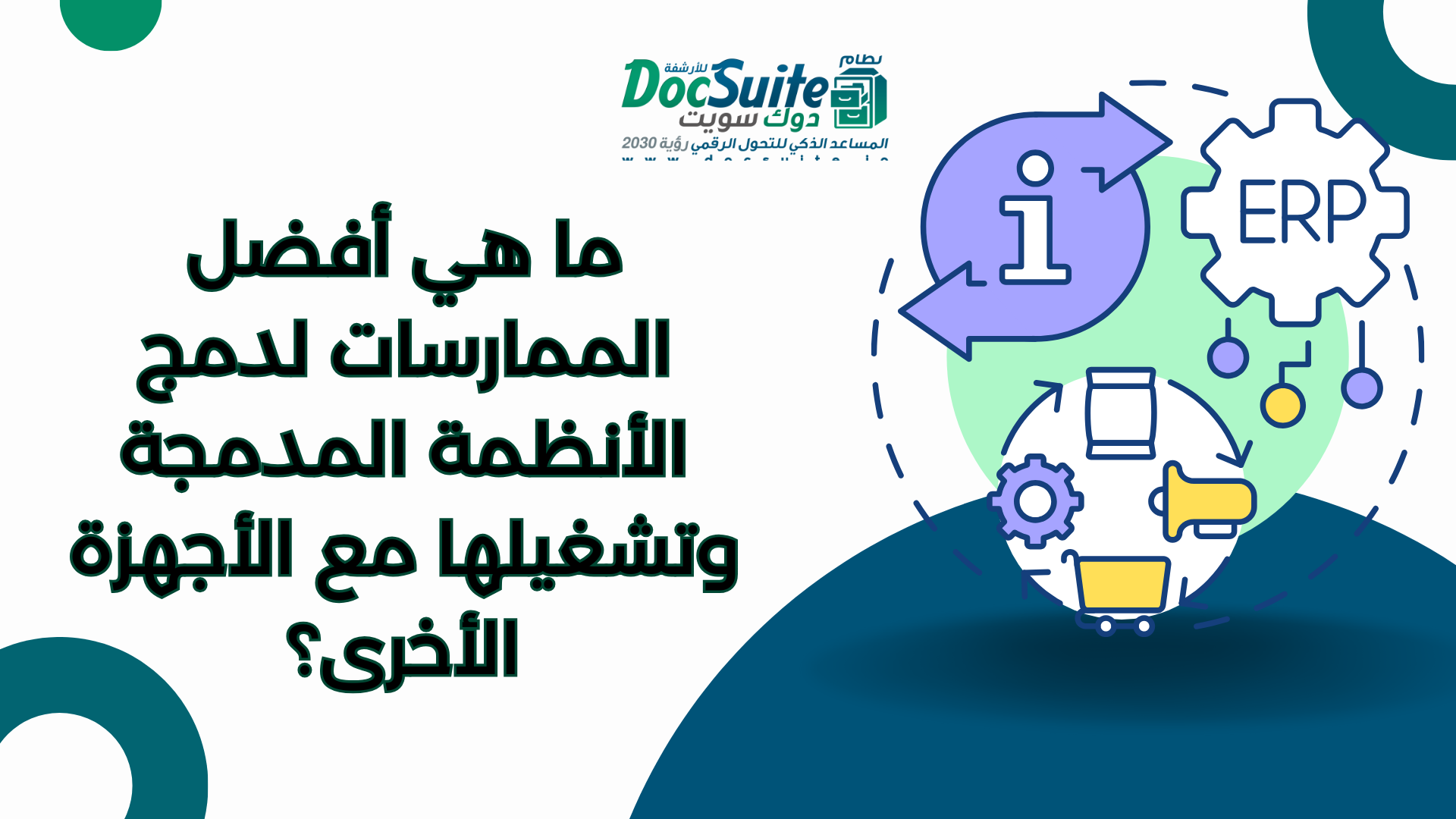Embedded systems are specialized devices that perform specific functions within larger systems, such as cars, medical equipment, robots, and smart devices. They often have limited resources like memory, processing power, and battery life, and need to communicate reliably and securely with other devices or networks.
In this article, you will get an in-depth understanding of embedded systems.
.png) What are Embedded Systems?
What are Embedded Systems?
Embedded systems encompass a wide range of definitions and are broadly understood as an engineering term that varies depending on application, usage, and context. These systems likely contain communication elements, hardware, software, and control loops such as closed-loop or open-loop modes.
Today’s modern embedded systems are highly sophisticated, offering a range of networking capabilities that enable communication with both local and cloud-based components and systems.
Types of Embedded Systems
There are many examples of embedded systems; in fact, the industrial world is filled with these systems, relying on them for various processes:
Value Chain:
Embedded systems operate in and around many factories, often connected to software systems within the supply chain.
Facility:
Different departments within a factory can have embedded systems integrated into processes such as design engineering and procurement.
Factory Elements
Several parts of factory elements, including logistics, engineering, and control elements, can embed systems, as well as communication and power systems driving these parts.
Automation and Control:
Within automation and control, embedded systems exist in factory control systems, such as fire and life safety systems, air handling units, and HVAC systems.
Machine Level:
Embedded systems in machines can function as Programmable Automation Controllers (PACs), PLCs, or industrial computers. Additionally, embedded systems for machines can be found in networks, drives, sensors, and other RTU units.
Chip Level:
The availability of micro-electromechanical systems has brought embedded systems to the silicon level. Chips act as the logic center for all machine operations, and advances in processing technology have integrated gears, valves, and motors into a single chip. Examples include ASICs (Application-Specific Integrated Circuits) and FPGAs (Field-Programmable Gate Arrays), using embedded memory and instructions to create permanent logic.
Embedded Systems Integration
Many of these embedded systems also fall under system integration, but what is system integration? Simply put, system integration combines systems to build a larger system or a set of systems. By following a bottom-up approach, one can understand how a chip-level embedded system forms board-level embedded systems, which can then form device-level systems, and so forth. Essentially, each of these systems represents an integrated embedded system creating the next level of embedded systems above it, hence the term system integration.
The concept of system integration has gained unprecedented importance as the need for interoperability and secure, open data exchange for embedded systems has gained momentum. Whether horizontal or vertical integration, integrated embedded systems are crucial in interoperable controls and data security at the factory.
 Best Practices for Embedded Systems Integration
Best Practices for Embedded Systems Integration
How can you design and implement embedded systems that can effectively and efficiently integrate and interact with other devices? Here are some best practices to follow:
Choose the Right Protocol:
One of the first steps in integrating an embedded system with other devices is selecting the right communication protocol. A protocol is a set of rules and standards defining how data is exchanged between devices. There are many protocols available, such as UART, SPI, I2C, CAN, Ethernet, Wi-Fi, Bluetooth, Zigbee, MQTT, and CoAP. Each protocol has its advantages and disadvantages, depending on factors like speed, range, bandwidth, power consumption, security, and compatibility. Choose the protocol that suits your application's requirements, system architecture, and target devices.
Use Middleware:
Another best practice for integrating embedded systems and ensuring interoperability with other devices is to use middleware. Middleware is a software component that acts as an intermediary between the embedded system and the external device or network, providing services such as data abstraction, message passing, synchronization, security, and error handling. Middleware simplifies the development and maintenance of your embedded system, increasing portability, scalability, and interoperability. Examples of middleware for embedded systems include ROS, DDS, OPC UA, and MQTT-SN.
Follow Standards:
Following standards is a third best practice for integrating embedded systems and ensuring interoperability with other devices. Standards are specifications or guidelines that define how devices behave, communicate, or operate in a particular context. They ensure compatibility, interoperability, and quality between different devices and systems. By following standards, you can avoid potential conflicts, errors, or failures in your embedded system, and benefit from the existing industry knowledge and expertise. Examples of standards for embedded systems include IEEE 802.15.4, OMA LwM2M, IPSO Smart Objects, and ISO 26262.
Test and Debug:
Thoroughly testing and debugging your system is another best practice for integrating embedded systems and ensuring interoperability with other devices. Testing and debugging are essential processes that verify the functionality, performance, and reliability of the embedded system, as well as identify and fix any errors or bugs. Test and debug your system at different levels, such as unit testing, integration testing, system testing, and acceptance testing. Use appropriate tools and methods, such as simulators, emulators, debuggers, analyzers, and data loggers.
Update and Maintain:
Regularly updating and maintaining your system is a final best practice for integrating embedded systems and ensuring interoperability with other devices. Updating and maintaining your system are crucial tasks that ensure the security, stability, and functionality of the embedded system, as well as adapt to changing requirements or environments. Update and maintain your system by applying patches, fixes, or new features, and by monitoring and managing its performance, health, and status. Use appropriate tools and techniques, such as OTA updates, remote management, and configuration management.
.png)
 DocSuite HR System Integration with Embedded Systems
DocSuite HR System Integration with Embedded Systems
DocSuite HR is part of human resource management systems and can integrate with other embedded systems such as financial accounting systems and customer relationship management systems to facilitate workflow and improve communication and data exchange between different departments within the organization. Integration of DocSuite HR with embedded systems can be seen in:
Data Exchange:
DocSuite HR enables the exchange of essential data such as employees, salaries, and leave with embedded systems like financial accounting systems to ensure data accuracy and avoid duplication.
Administrative Processes:
DocSuite HR can integrate with Enterprise Resource Planning (ERP) systems to facilitate administrative processes like financial resources, procurement, and inventory management.
Employee Experience:
DocSuite HR can integrate with personal productivity and collaborative work systems to enhance the employee experience and increase productivity.
Performance Monitoring and Data Analysis:
DocSuite HR can integrate with data analysis and reporting systems to monitor employee performance, analyze trends, and make strategic decisions based on data.
Communication and Relationship Management:
DocSuite HR can integrate with Customer Relationship Management (CRM) systems to improve communication with employees and provide a unified and integrated experience.
Compliance and Conformance:
DocSuite HR can integrate with compliance and conformance management systems to ensure compliance with local and international legal and regulatory requirements concerning human resource management.
Integrating DocSuite HR with embedded systems improves the efficiency and effectiveness of human resource management within the organization with accuracy and ease. Contact us now to request it.
